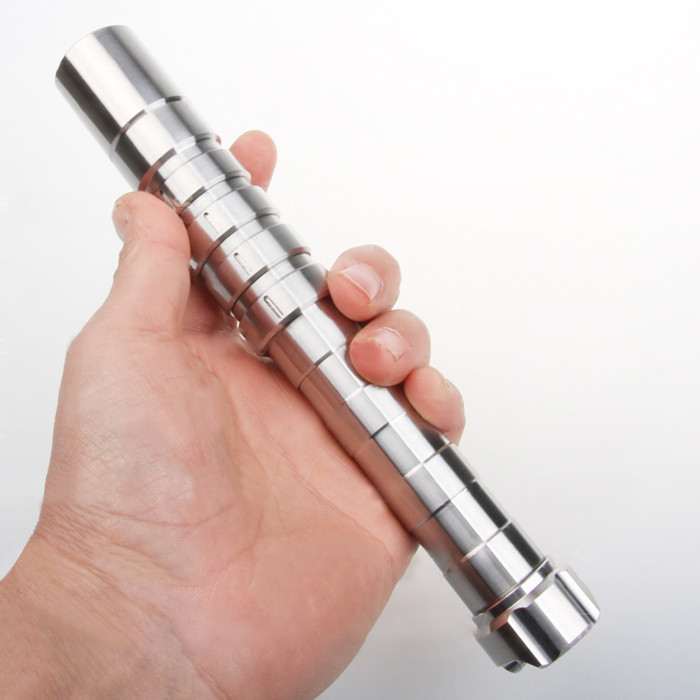The tank laser warning system developed by British Plesidal Radar Company-a laser and infrared searchlight detection system, uses a specially designed scattering detector mounted on the roof of the vehicle, and the field of view of the detector expands outward and downward to form a cone The target cover completely covers the tank. When the laser from any direction is irradiated on the tank, the laser energy can be received by the detector, which can realize the alarm.
The imaging laser alarm system combines a wide-angle telecentric optical system with a CCD imaging device. The optical system has a relatively large field of view, and the incident laser pointer can be imaged on the CCD area array to determine the orientation of the detected threat laser source. The LAHAWS laser seek and alarm system jointly developed by the US Army Optoelectronic Weapons Office and Fairchild Camera Company is a typical representative. The system uses a CCD area array and uses a dual optical channel method to eliminate background interference. Through experimental verification, it is found that the system determines the position of the laser source very accurately, and the false alarm rate is very low.
But whether it is beam interception, scattering or imaging, it is a laser warning device based on the development of spectral recognition technology. The most obvious problem of spectral recognition is that it cannot provide laser wavelength parameters, so a coherent method that can measure laser wavelength Type identification method came into being.
The laser alarm system of the coherent identification method mainly uses the time coherence of the laser, and relies on the principle of the interferometer to complete the laser detection and realize the alarm. The core part is a etalon composed of a transparent flat plate. The etalon rotates around an axis parallel to the surface, forming a mechanical scan similar to radar. When receiving the laser beam, the detector behind the etalon starts to recognize the radiation intensity that changes according to a certain rule. According to this change law, its incident direction and wavelength can be measured. The structure of this system is complex. In the laser warning system used by the US Army in the early days, the receiver belongs to this principle. However, the initial vehicle using this principle was a helicopter, which was later installed on tank armored vehicles after a slight modification.
The AN/AVR-2 laser warning receiver is a warning system for US Army helicopters, which is mainly used to deal with enemy laser-guided weapon attacks. It can be used in conjunction with AN/APR-39 radar warning receiver to intercept, locate and identify the threat of laser-guided weapons for warning and target display.
The electronic warfare system research laboratory under the American DARPA has been exploring laser wavelength analysis technology as early as more than 30 years ago. At that time, American scientists used two prisms to separate the laser beam and used two spherical mirrors to form a laser interferometer. When the laser is irradiated, it will produce a concentric interference ring, so the designer placed a two-dimensional array detector for detecting interference fringes on the observation screen, and the beam signal can be received at the first time of laser irradiation And analyze its wavelength. The whole system has strong integrity and is easy to disassemble and install, which is very conducive to installation on old models of tanks.
As the laser warning device has the ability to identify the wavelength of the green laser pointer, anti-tank weapons have also made corresponding adjustments, and gradually formed a variety of radar and laser aiming methods. Since the laser warning device has almost reached the limit, the perception and radar wave Probing. Radar warning is to detect the radio waves radiated by the opponent’s radar, provide information such as the location of the threat source, and then combine with laser warning devices to form a new comprehensive warning device, which has become a cutting-edge topic for military powers to develop tank battlefield survivability.
